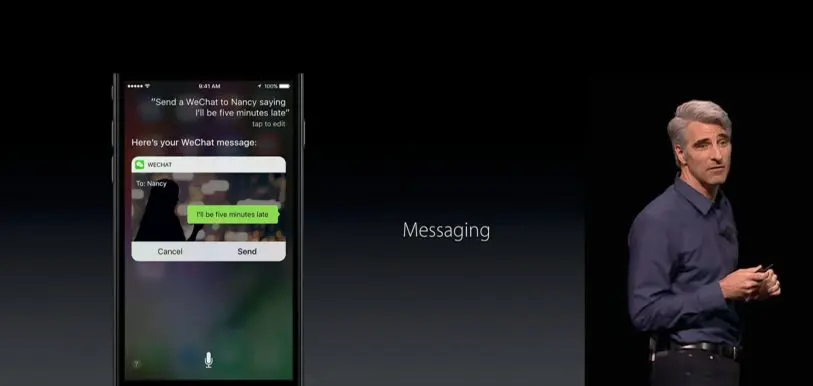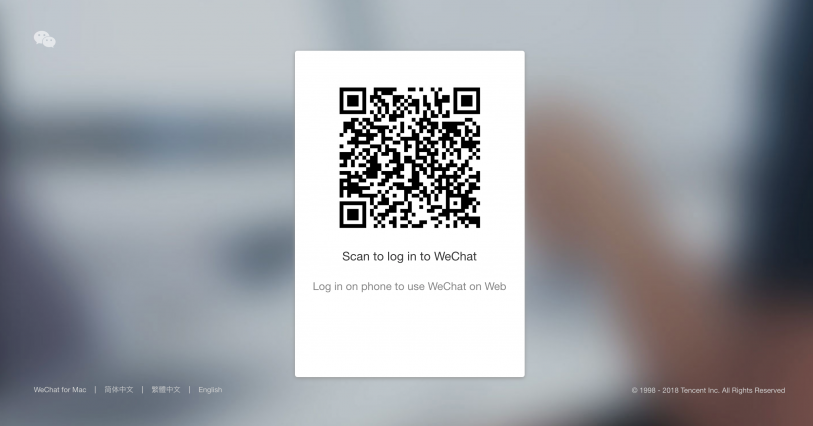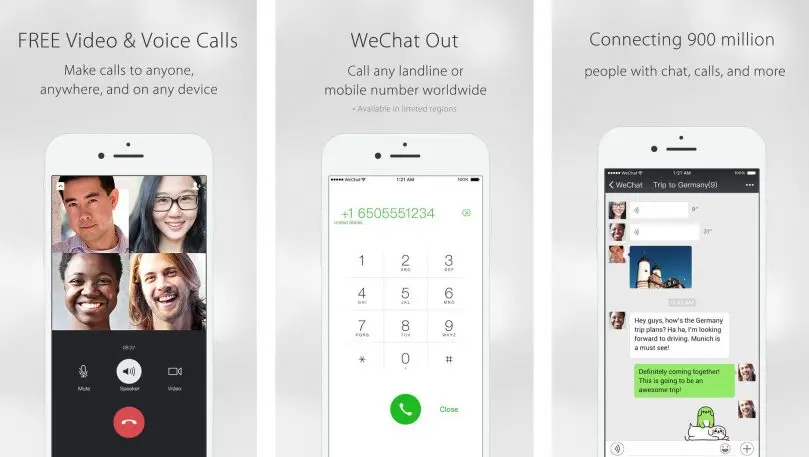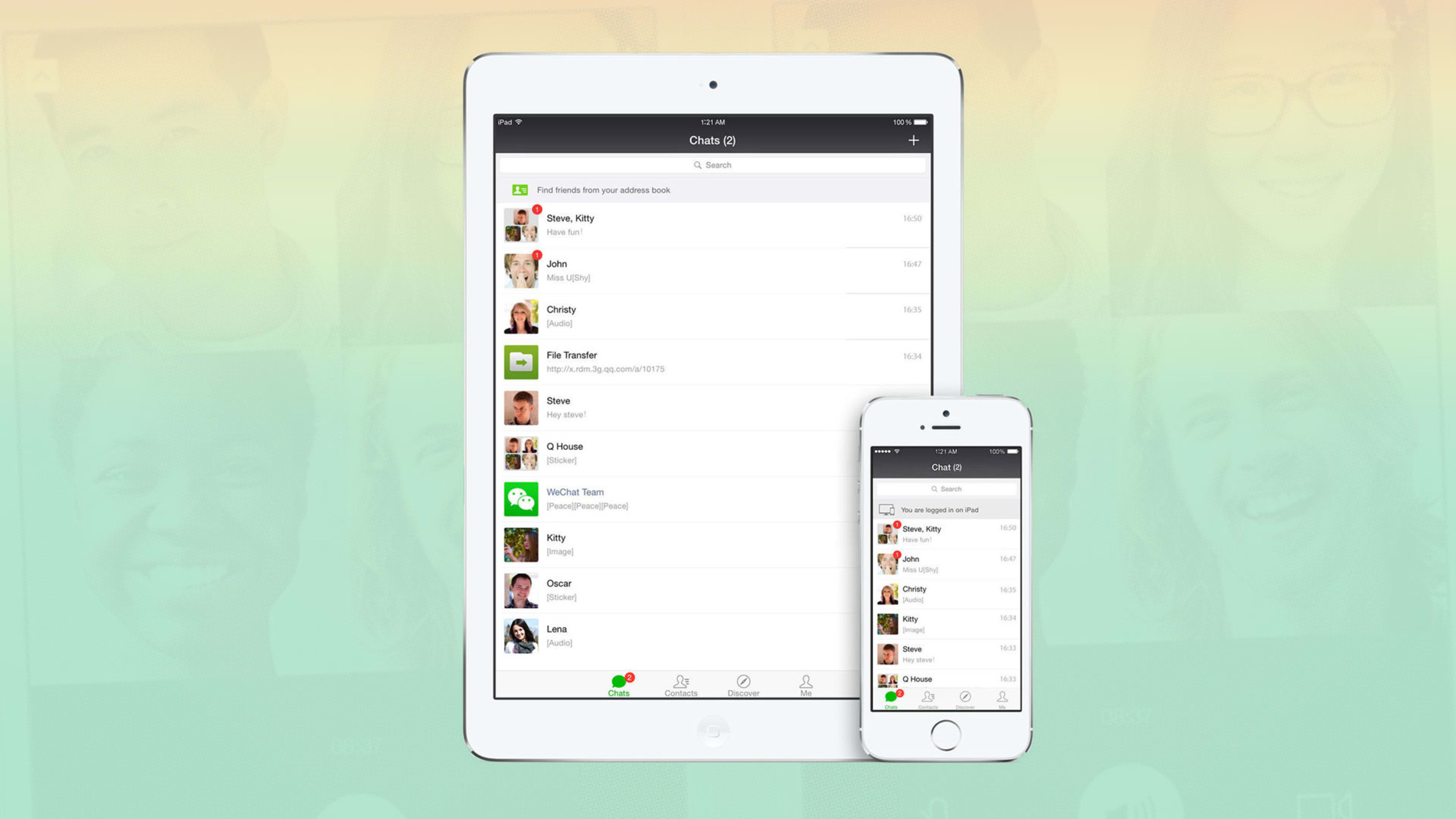At Apple’s 2014 unveiling of the Apple Watch and its 2016 WWDC keynote, China’s WeChat messaging app played a key role in demos. Those two instances of on-stage time were the app’s highest-profile exposure before a U.S. audience, and nothing since has matched them.
Why was WeChat so heavily featured by Apple if typical U.S. consumers aren’t familiar with it? It’s because the app is a dominant force in the Chinese market, where Apple is continuously trying to adapt, evolve, and grow.

As an American, I didn’t plan on getting closely acquainted with WeChat. But when I joined a Chinese app developer a few years ago, it quickly became my most-used app. At first it was tough to orient myself, but became much easier as I found out why certain things are the way they are. Living in WeChat provides a taste of the cultural differences between China and the U.S., and how rapidly technology moves on the other side of the world.
Mobile First Means Mobile First
The U.S. tech industry likes to talk about “mobile first” experiences, but that catchphrase doesn’t play out the same way that it does in China, which never developed the PC-centric culture that Americans experienced before smartphones took off. For WeChat, being mobile first means that your phone is king, and everything goes through it.
For example, if you want to use WeChat on a laptop or desktop PC, you have to use a QR code to link it to you phone and verify access from your phone. Every time. You never enter a password into a desktop app: Instead, you click “login” and get a notification on your phone asking you to confirm.

WeChat’s mobile-first, desktop-second design is also exemplified by the fact that the desktop app doesn’t sync every single message. If your computer is asleep for an extended period or the app gets logged out, it likely won’t get the messages sent to you during that time. There’s no record of those messages ever happening. The WeChat desktop app may be more convenient than no PC-based experience at all, but it’s definitely not meant to be used as a primary way to access WeChat.
Another oddity is the inability to log in with more than two devices at once. You can connect via your phone and either a desktop or iPad app, and that’s it. A bug, you might think? I’ve been told by Asian colleagues that it’s a security feature to limit sensitive conversations from accidentally being seen as people cycle through new devices, saving those who might forget to sign out.
Features Abound
Inside WeChat, there are also features to mitigate misappropriation of confidential information, like the ability to recall a message—for up to a couple of minutes. This means if you accidentally post a message or document in the wrong group, you can recall it and have it disappear from all the other devices that received it.
Translation between English and Chinese is built in and accessed by holding on a message and selecting it from a pop-up menu. Other available options for messages include forwarding them to other people, favoriting them, and setting a reminder so they trigger a notification again in the future.
A lot of those features are becoming fairly commonplace among different apps. In WeChat, however, communications aren’t so text-centric. You can send audio messages that automatically play in succession when recipients hold the phone to their ear. You can send your real-time location to a group, and anyone joining in gets placed on the map. Built-in audio and video calling—another feature making its way to more Western apps—makes for easy conference calls. And of course, stickers and GIFs are front and center and make for easier cross-culture communication.

When I first got started with WeChat a few years ago, exchanging messages was fairly straightforward, but there were enough oddities—such as its behavior across multiple devices—that it didn’t fall into my previous work patterns. It wasn’t until I visited China for the first time that I began to see why it did some of the things it did. And then it clicked.
While you don’t need to visit China to get the hang of WeChat, just know there’s probably a good reason for why something works the way it does, even if it’s not clear at first. Those QR codes and mobile payments in the app, however, do make a lot more sense once you’ve made your way to China.
Recognize your brand’s excellence by applying to this year’s Brands That Matter Awards before the early-rate deadline, May 3.
